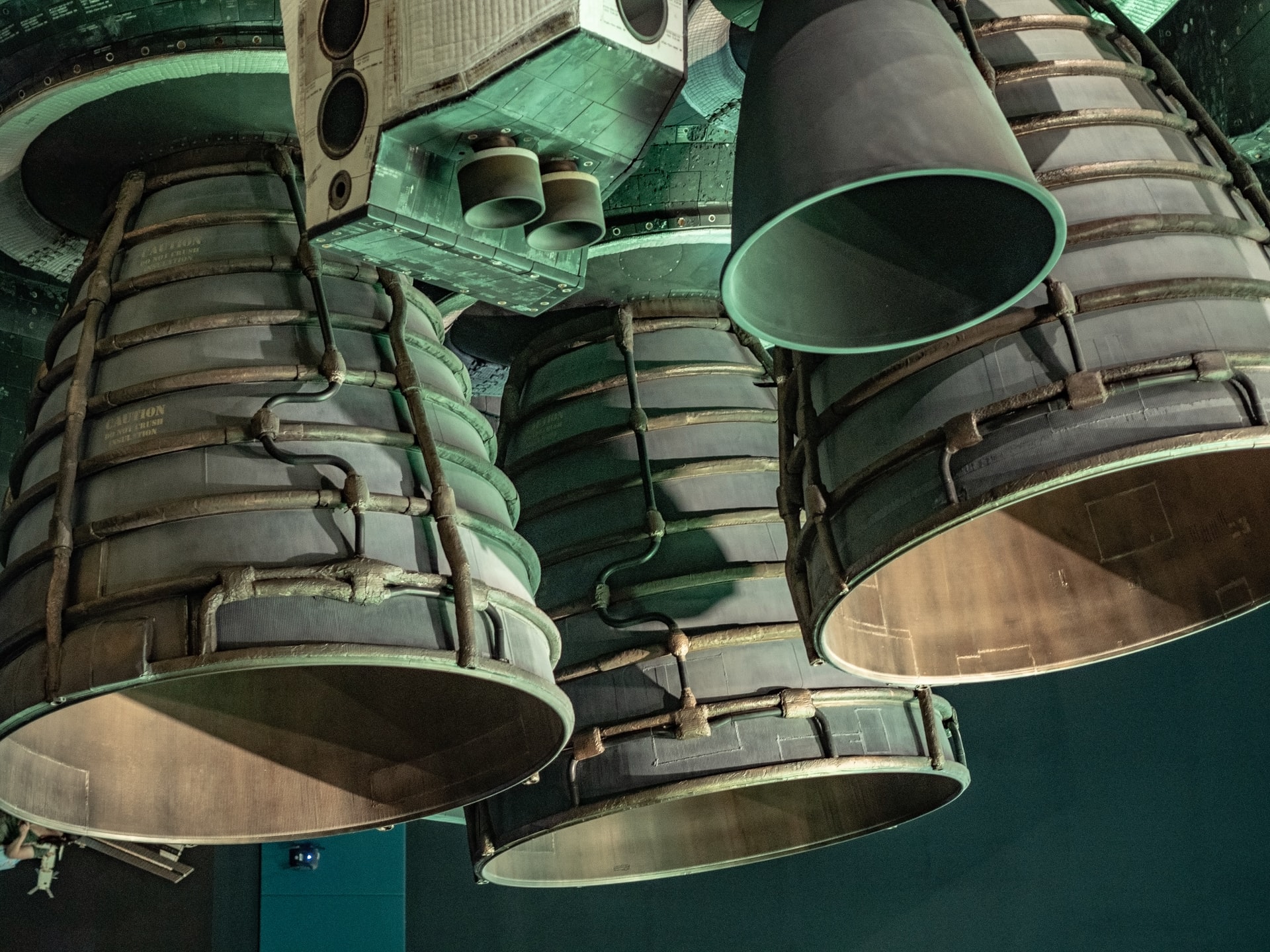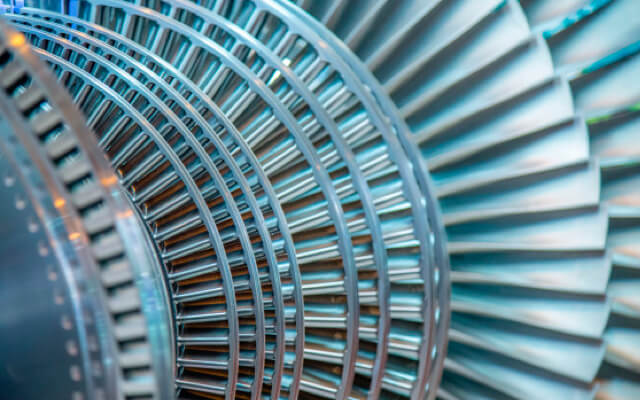Due to the advancement of technology, people are becoming more aware of automation. Automation is becoming a significant part of the manufacturing process. Many factories and workshops are implementing precision CNC machining to become efficient.
Implementing CNC machining services elevates efficiency as one machine can perform several tasks. Moreover, CNC machine services also reduce costs in the long term.
What is Precision CNC Machining?
The abbreviation CNC stands for computer numerical control. CNC machining services are pre-programmed software that controls complex manufacturing processes. CNC machining helps manufacturers to produce precise parts more accurately. Additionally, it promotes the reduction of waste and errors. Precision machine service is popular among industries that require high repeatability and accuracy. High-volume manufacturing processes can become seamless and efficient with CNC machine services.
The primary purpose of CNC machines is to control cutting tools to shape materials like metal, plastic, foam, and wood to precise shapes. CNC machining is efficient when it comes to the customization of parts.
Firstly, the computer-aided design blueprints the amount that needs to be manufactured. Afterward, these instructions are put through computer numerical control. The machining operation takes place then.
The Origins of CNC Machining
The development of the CNC concept was first introduced in the 18th century. To promote efficiency and precision, turning machines were established back in 1751. Turning machines were one of the first steps of industrialization.
In 1940 John T. Parsons highlighted one of the first computer numerical control machines. The research of opportunity created by controlling machines promoted the growth of CNC machining. John T. Parsons contributed to making the production of helicopter parts seamless. He calculated airfoil coordinates by using an IBM 602A multiplier. This is where the journey of CNC machining began.
By the 1950s, Richard Kegg introduced the first CNC milling machine services. When computer prices started dropping in the 1960s, the demand for CNC machines increased.
Additionally, the development of microprocessors in the 1970s also influenced the growth of precision machining. Enhanced machine controller projects also encouraged the frequent use of CNC machines in manufacturing.
The Current State of CNC Machining Services
The CNC machining service is popular due to its high repeatability and accuracy. As the manufacturing process is shifting towards customization, CNC machining is also increasing.
The 5-axis machine is becoming popular as it promotes cost reduction in the long term. The 5-axis machine can faultlessly rotate around the X and Y axes. As the name suggests, 5-axis can control a cutting tool along five axes. Additionally, this machine is quite popular in the aeronautics and automotive industries. On the other hand, the 6-axis machine was introduced back in 2019. The 6-axis machine allows rotation around the Z-axis.
In recent times, CNC machining services have been used in many industries. Dentists reap the benefits of CNC machining. It contributes to making dental crowns and implants. A dental crown requires customization; as a result, precision CNC machining comes in handy. Moreover, CNC machines are used to customize parts of firearms.
These flexibilities allow manufacturers to customize firearm grips and other necessary accessories. The firearm and military industry heavily depends on CNC machine shops for their services.
Additionally, many construction industries also seek help from CNC machining services. Many products require high precision, which human labor cannot do. As a result, precision machining services make the construction industry more efficient. Additionally, CNC machining is highly used in the automobile and aeronautics industries.
In these industries, high repeatability is needed with precision. Moreover, around 70 million vehicles are manufactured every year, and it is humanly impossible to monitor the accuracy.
The Increased Popularity of CNC Machine Services
CNC machinery is compatible with all materials such as metal, wood, plastic, composite, etc. As a result, CNC machines are used in various industries to increase efficiency. Many procedures cannot be conducted by conventional machinery. Moreover, CNC machining is a game-changer for the high-volume manufacturing industry.
CNC machines reduce costs by eliminating human errors and labor costs. Operating the computer numerical control does not require much human labor as it can do most of the work. Only a seasoned, knowledgeable mechanic is needed to supervise the work.
Due to these commendable features of CNC machining, the manufacturing industry is shifting towards automation. As a result, the demand for CNC machining is rapidly rising.
The Future of CNC Machining
The future of CNC machining will help industries to stay more competitive. Advanced CNC machining may have features that allow them to take self-action. If the machine senses any error, it will automatically react to it. This feature will let them self-diagnose and fix the problem. This will eventually raise the standards of quality in the manufacturing process.
Additionally, the advancement of CNC machine services will also promote globalization. Many countries may have too many aging populations or young populations, which hinders finding skilled workers. Hence, implementing automation and CNC machines will increase mass production and globalization. This is because these productions can be conducted by machinery.
Moreover, one of the future most significant developments of advanced CNC machines will be in the medical field. The medical industry requires devices and products which have the highest quality. Hence, CNC machining will also elevate the quality of tools needed in the medical field.
However, companies may need to let go of many-valued employees. This is because advanced CNC machines may have higher detection and processing technology. As a result, less supervision is needed on how businesses can train their existing mechanics to adapt to evolved versions of CNC machining.
Final Thoughts
The future of CNC machining is promising as it is rapidly growing. CNC machining has the potential to make the manufacturing industry more structured and accurate. Incorporating both CNC and computer-aided manufacturing can make mass production more high quality. Initiatives like the medical field, aeronautics, automobiles, construction, etc., will also experience advancement due to CNC machining.








